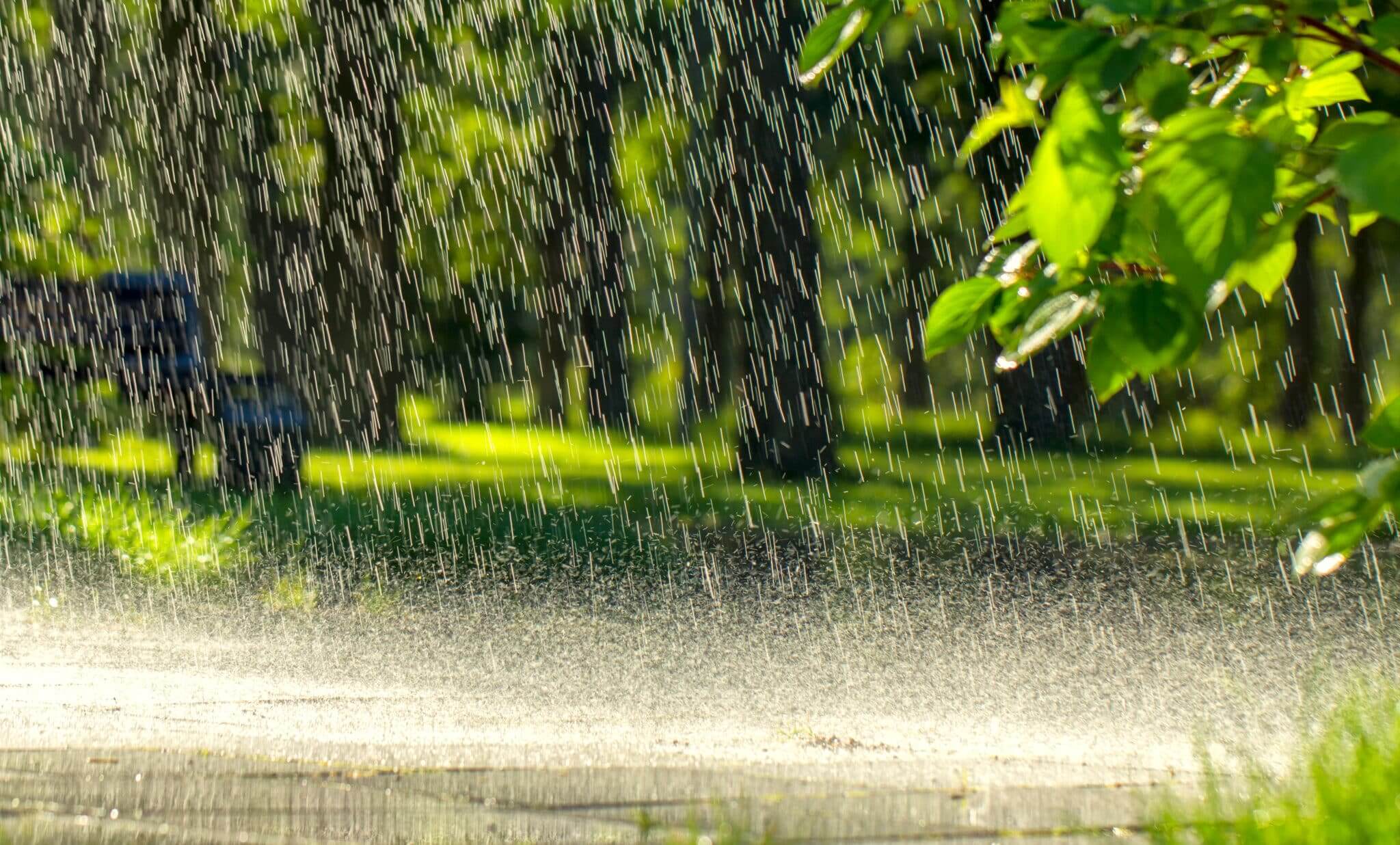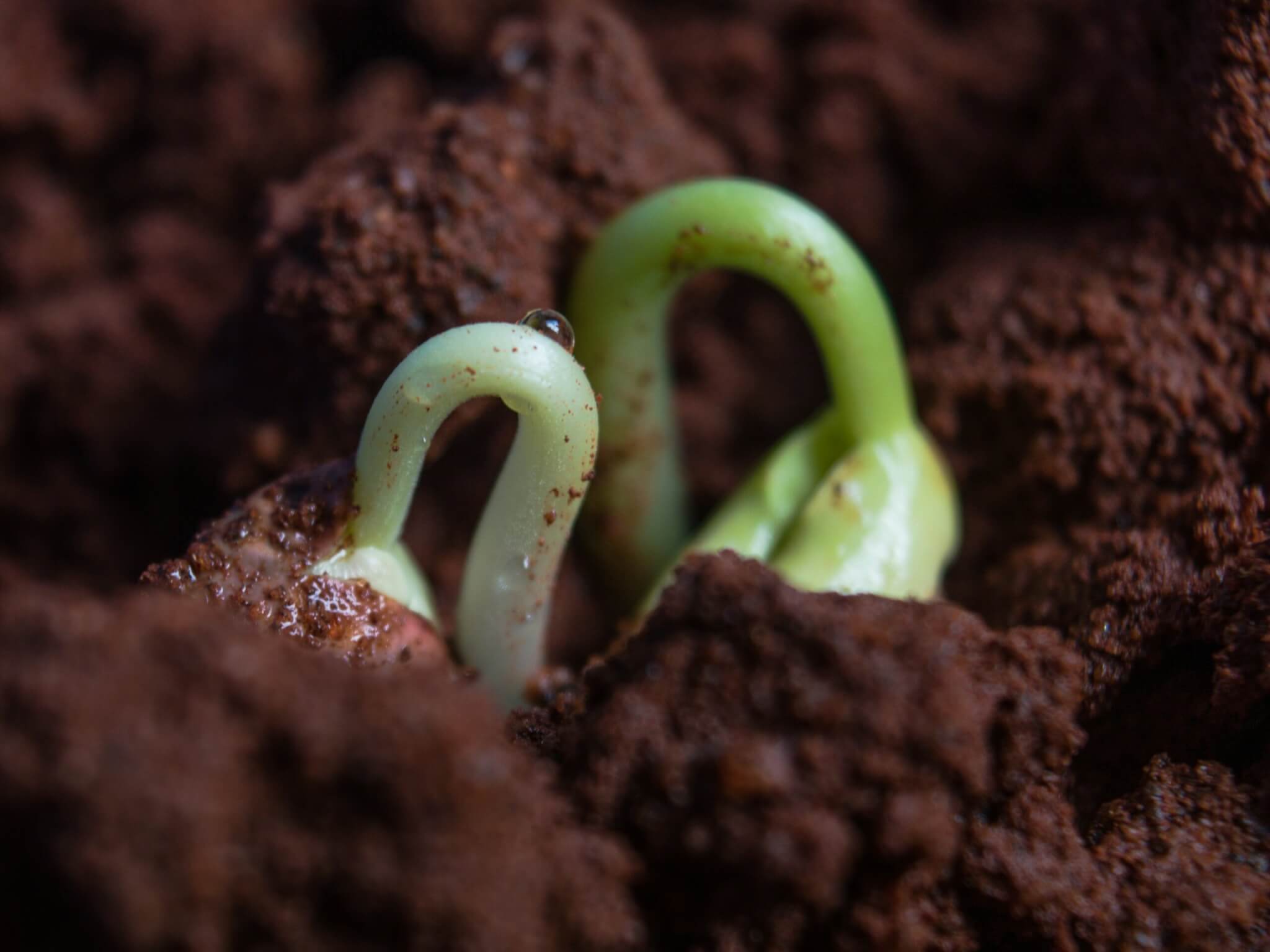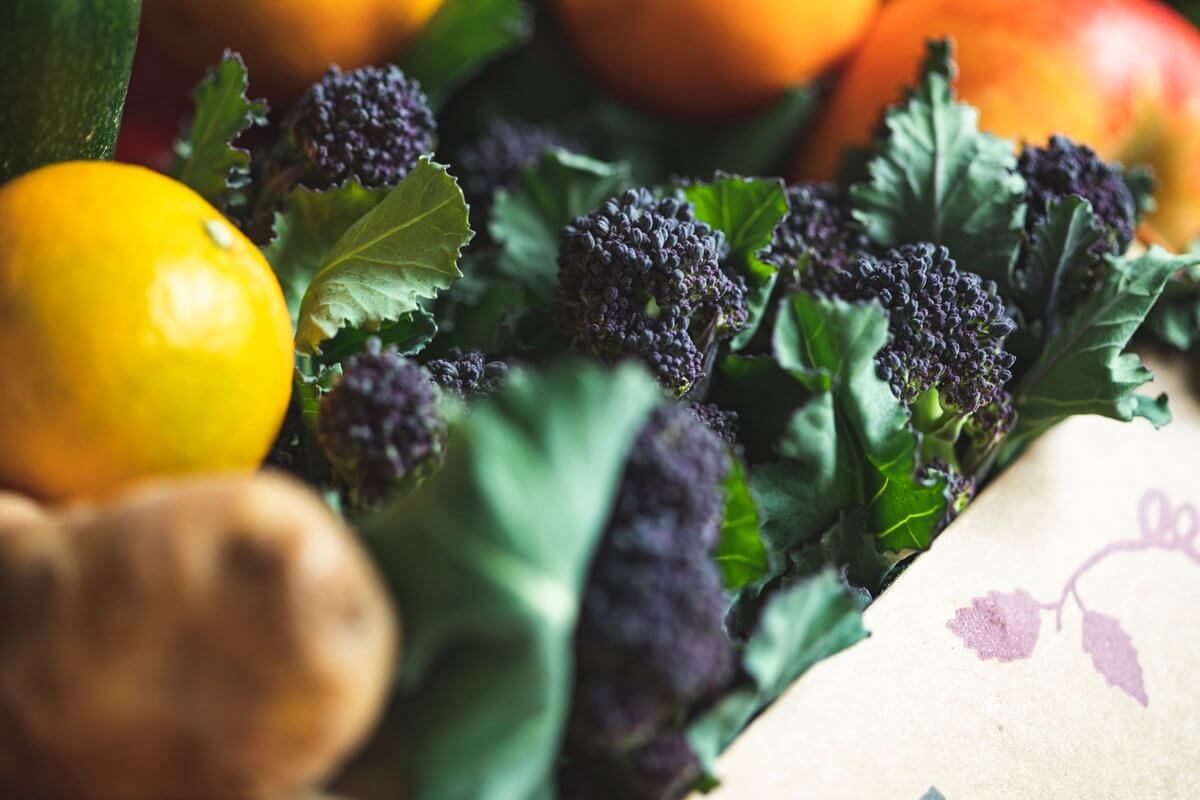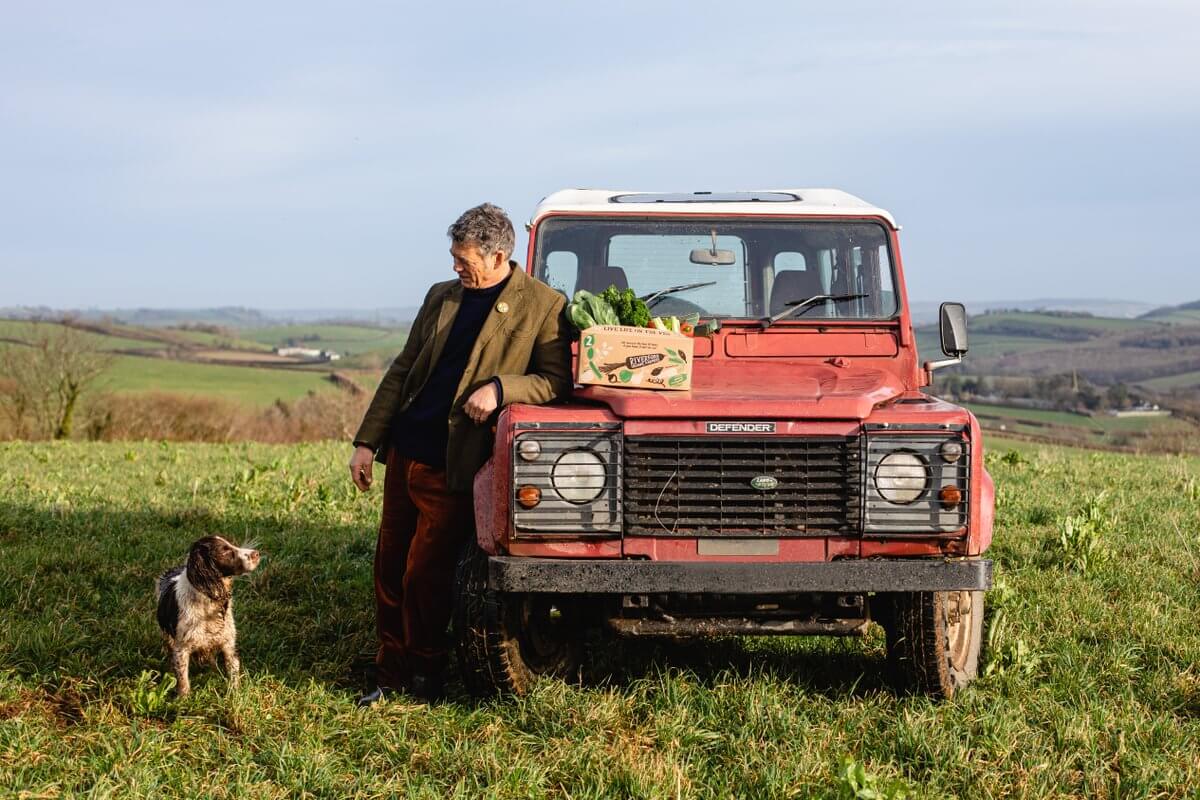Regenerative Thinking is a regular column for Wicked Leeks by Nathan Einbinder, programme lead at Schumacher College, on food, farming and social change.
For as long as I can remember, I’ve admired the rain and longed for rainy places. As a kid I dreamed of misty landscapes and moss-covered woods, and fantasised what it’d be like to live somewhere perennially green and energised by storms.
Surely it was a case of want for something you do not have. Where I grew up was semi-arid, desiccated and nearly always on the precipice of drought. When it rained, the land would transform; it became wild and alive. Dusty ravines converted into living waterways, brushy hillsides would leaf and flower, and after months of stagnant haze, the air would clear and the mountains, suddenly visible in distance, turned white with snow.
My passion for the damp and inclement weather led me to amazing places, yet made me few friends. In popular culture, rain is a dirty word. A rainy day is disappointing and dull, a cause of sadness. It is inconvenient and to be avoided. Even in sun-drenched California, consecutive overcast days are considered miserable (hence the term ‘June gloom’).
Where I grew up was semi-arid, desiccated and nearly always on the precipice of drought.
Yet we needn’t search too far to find a deep appreciation and connection between humans and the rain. In societies around the world, rain has been central to myths and stories, livelihoods and survival. Take the north-west coast of America. For thousands of years, people have flourished and depended on the cool, moisture laden wind off the Pacific (and incredible amounts of rain), giving life to the rivers – salmon, particularly – along with the great cedars, mosses, and berries they harvested and processed.
Other examples abound. Further south, in the highlands of Mesoamerica, the first storms of the monsoon are still revered and celebrated as they germinate the seeds of maize and beans, and stimulate the fungal mats to send out their edible and magic fruits. Soaking rains and hail force the zompopos – flying ants – from the ground, to be caught by children and feasted upon. Indigenous farmers – the master agroecologists – are known to pray to, and retain vast knowledge on, the patterns of wind, cloud, and rain, as a means for self-determination.
Here in the British Isles, rain in the form of mists, Atlantic storms and unexpected downpours have shaped both human and natural histories since the last ice age. The abundance of rain – like snow to the Inuit – forms part of the cultural identity and language (there are supposedly over 100 words to describe rain) and is something food growers, foragers and pastoralists have adapted to, built diversity with, and benefitted from for millennia.
With spring almost over its peak, we become witness to the finest expression our rainy climate has to offer. Every green plant – including those we eat – every oak sapling, flower garden and hedge, nesting bird and tadpole owes itself to the showers and storms that feed our soil and waterways. And while I’d hardly ask anyone to deny themselves the bliss of a warm sunny day (or weeks, as it seems), I invite a moment, or many moments perhaps, to honor the source and essence of all the richness and beauty that surrounds us; and perhaps a thought of what it might be like in its absence.










Thank you for that heartfelt cross-cultural paean to this life-giving phenomenon that gets such a bad rap. Like you, I’ve lived in arid climates like Colorado where long-awaited rain gallops across the steppe in an epic downpour that sizzles away into a mist just as quickly.
Droughts have become more common here in Britain. I can feel the plants tense up day by day in the hot weather as the weeks go by. Apparently they make a kind of squealing sound as they strain to pull water up from lower underground. Also popping sounds like alarm calls. I think this is what keeps me up at night. I can’t hear it but I feel their distress.
Once I was pottering about in the garden and felt this wave of pure joy wash over me. I thought, what was that? Five minutes later, a raincloud passed overhead and dumped its welcome load on a parched landscape. Was it a coincidence? Or did the plants know it was coming and signaled a celebration?
What beautiful insights Ani, perhaps your intuition sensed it too. Here’s hoping we do get some rain very soon, it will definitely feel like a blessing for plants and humans alike.
According to the comments area, which is the most exciting aspect of the article, it would appear that there is a community that is interested in processes that are both sustainable and regenerative. This is the conclusion that can be drawn from the comments section.
For More Info:- https://victoriawholefoods.ca/